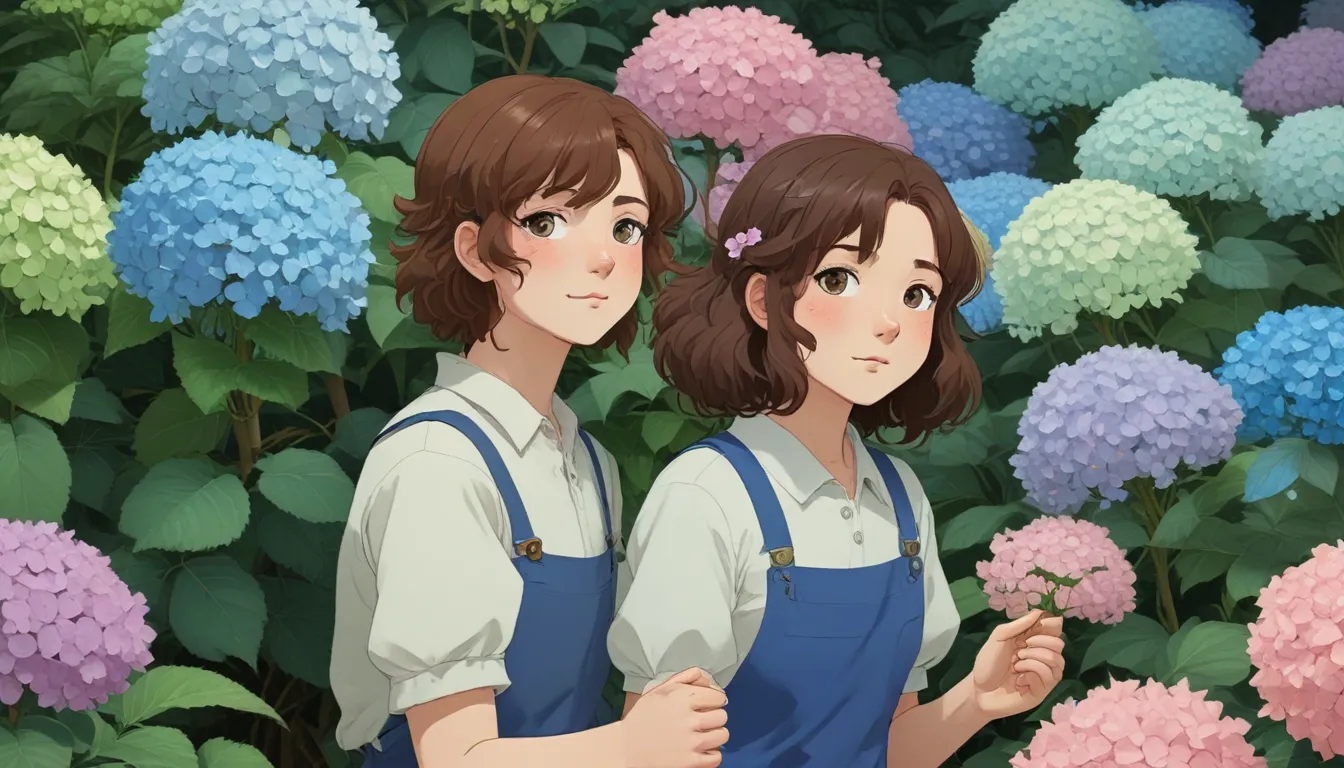The Ultimate Guide to Propagating Hydrangeas from Seed

Hydrangeas are like a magical burst of color in your garden, with their dramatic flowers and bold foliage that brightens up any landscape. While many gardeners typically buy these shrubs from a nursery or propagate them from cuttings, starting hydrangeas from seed can be a rewarding project that adds a unique touch to your garden.
If you’re up for the challenge, this guide will walk you through the process of collecting and planting hydrangea seeds for propagation. It may take some time and patience, but the end result will be worth it!
Why Propagate Hydrangeas from Seed
Before diving into the process of collecting and planting hydrangea seeds, it’s important to understand that not all seeds will grow true to the parent plant. Hydrangeas come in a wide variety of cultivars and hybrids, which may not produce viable seeds, or the resulting plant may differ significantly from the parent.
If you’re looking to experiment and create new and unique varieties, collecting and starting seeds from your own plants can be a fun and exciting way to do so!
How to Collect Hydrangea Seeds
Collecting hydrangea seeds is the first step in the propagation process. Here’s how you can do it:
-
Gather the Flower Heads: Wait a few weeks after the colorful blooms have faded and turned brown to collect the flower heads. Cut several flower heads and place them in brown paper bags to dry for about a week in a cool, dry location.
-
Separate the Seeds: Once the flower heads are completely dry, shake the bags to detach the seeds from the flowers. Hydrangea seeds are small, so you may want to empty the contents onto a white paper surface to help you identify and separate the seeds from the debris.
-
Storage: If you’re not sowing the seeds immediately, place them in labeled paper envelopes and store them in a cool, dry location. Viable seeds can be stored for up to a year.
How to Plant Hydrangea Seeds
Now that you have collected your hydrangea seeds, it’s time to plant them. Here’s a step-by-step guide on how to sow and care for hydrangea seeds:
-
Sowing the Seeds: Plant the seeds in flats or individual nursery pots filled with well-draining potting mix. Gently press three to five seeds onto the surface of the soil in each cell or pot without burying them, as light is needed for germination.
-
Germination: Place the trays near a sunny window or under grow lights and keep the soil moist but not waterlogged until germination, which typically takes about two weeks. Thin the seedlings once they emerge to leave one plant per cell or pot.
-
Transplanting: Once the seedlings have two to three sets of true leaves, transplant them into one-gallon pots filled with potting mix. Ensure the pots have drainage holes and place them in a sunny location. Continue caring for the plants until their roots are well established.
Transplanting Hydrangea Seedlings
After caring for your hydrangea seedlings, you can transplant them into the garden or a larger container. Here’s how you can do it:
-
Planting in the Garden: Plant the shrub in a sunny or partially shaded location after the last frost of spring or in late fall before the ground freezes. Dig a hole as deep as the root ball and twice as wide, filling it with soil amended with compost. Water thoroughly upon planting and maintain regular watering until the plants are established.
-
Container Gardening: Alternatively, you can transplant the seedlings into larger containers and continue caring for them as outlined in our guide to growing hydrangeas in containers.
Embrace the Beauty of New Hydrangeas
Starting new hydrangeas from seed is not only a fun experiment but can also lead to the creation of new and unique plant varieties. If you’re a gardener who enjoys a little bit of creativity, propagating hydrangeas from seed is a great way to add a personal touch to your garden.
Share your experiences and tips for propagating hydrangeas in the comments below. We’d love to hear from you!
Looking to expand your knowledge on growing hydrangeas? Check out these articles for more information:
- How to Identify and Treat Hydrangea Diseases
- 7 Reasons Why Hydrangeas May Not Bloom
- How to Change the Color of Hydrangea Flowers
Hope this guide helps you successfully propagate and grow beautiful hydrangeas in your garden. Happy gardening!





